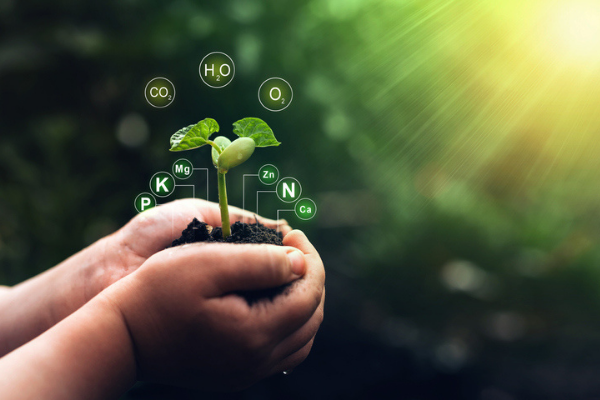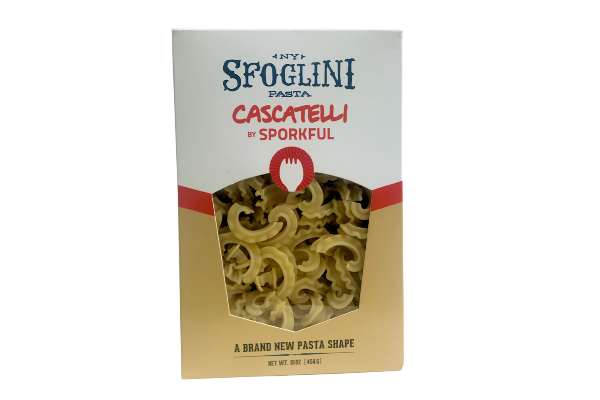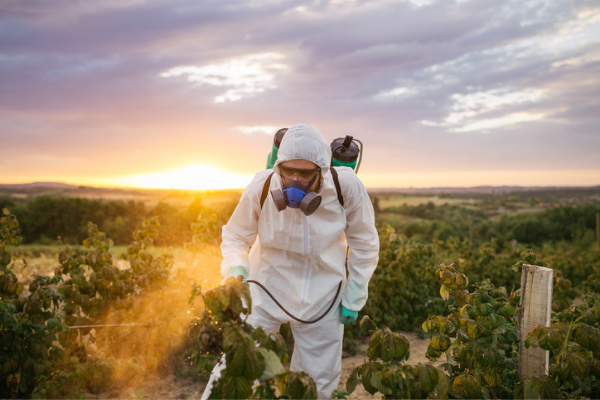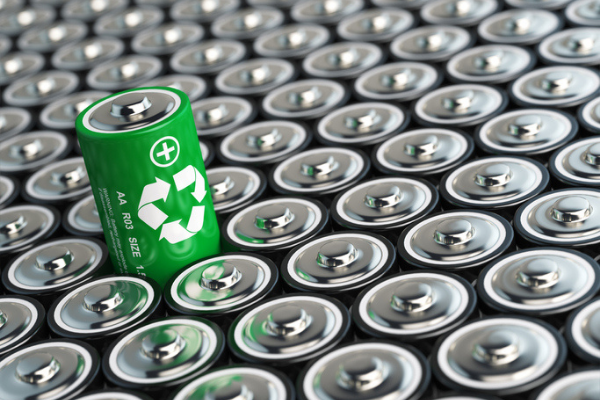
Mark Jones retired as the Executive External Strategy and Communications Fellow at The Dow Chemical Company on March 31, 2021. He is a frequent speaker at a variety of industry events on industry related topics. He is a long-time supporter of ACS Industry Member Programs providing both written and webinar content, supporting the CTO Summits, and as a former member of Corporation Associates. He currently serves on the ACS Committee on Public Relations and Communications and the Chemical Heritage Landmark Committee. He is a member and former chair of the Chemical Sciences Roundtable, a standing roundtable of the National Academies of Sciences, Engineering, and Medicine. Mark is the author of over a dozen U.S. patents and numerous publications.
I was often put in the position of an editor during my career, striking the word toxic far more than any other. The sound of toxic chemical appeals to many ears, but not mine. I found it a throwaway adjective, superfluous, conveying little of substance.
Toxic was recently in the news thanks to Canada determining plastic manufactured items are toxic, something the chemical and plastics industries are not thrilled about. Under the Canadian Environmental Protection Act (CEPA), a substance is toxic "if it is entering or may enter the environment in a quantity or concentration or under conditions that:
- have or may have an immediate or long-term harmful effect on the environment or its biological diversity;
- constitute or may constitute a danger to the environment on which life depends; or
- constitute or may constitute a danger in Canada to human life or health."
Inclusion of environmental harm allows the inclusion of plastic articles to Schedule 1 of CEPA, the list of toxic materials. Microplastics, the focus of most of the recent plastics concern, are not on the list.
I’ve got several problems. Toxicity seems first a material property. A knife can be deadly, but steel isn’t toxic. Objects can be dangerous, irrespective of their composition. Structures, like nets and fencing, clearly can cause harm to animals. It doesn’t matter whether sisal, metal, or plastic. Yet, plastic is being singled out.
Clearly, there are examples where size and shape impact risk, but mostly at small scale. Silica dust is dangerous to inhale, but quartz rocks aren’t toxic. Crystal structure and size play into the chronic toxicity of asbestos. In Canada, plastic straws are toxic, but the same polymer, in the environment as particles smaller than 5 mm, is not. Plastic pipe is toxic. Milk jugs are toxic. A plastic syringe is toxic in Canada. There appear to be no acceptable use exclusions. It just doesn’t feel right. It feels like a legal kluge.
I’ve followed the literature on environmental plastics over the years, with its increasing focus on microplastics. I remain somewhat surprised by how little definitive data on harm there is, either acute or chronic, from microplastics. The recent Nature article summarizes recent studies, as did the Canadian environmental study forming the basis for the new legislation. There is actually very little indication toxic is a correct adjective for microplastics. The Nature article quotes in the worst case, an average person could be ingesting a credit card’s worth of microplastics in a year with no proven health impacts. The researcher quoted, Albert Koelmans, recently published a well-documented, peer-reviewed study on microplastic ingestion and fate.
Staring at my credit card, I don’t really know how to process this statement. To be clear, I don’t want to eat plastic, but eyeballing 1/365 of a credit card doesn’t seem scary as a daily intake for something known to pass unaltered through my digestive tract. My plastic credit cards weigh about 5 grams each. That’s 13 mg of plastic per day to down the whole card in a year, consistent with the Nature article. Doesn’t seem significant compared with the approximately two million milligrams of food and drink I consume daily.

The credit card’s worth of consumed plastic is certainly an unusual unit of measure, one likely created for a 2019 WWF report. The Koelmans’ paper addresses the WWF claimed world average consumption of a credit card’s worth of plastic per week, almost a gram per day. It struck me as too much when I saw it reported. Koelmans’ work places the average plastic microparticle consumption much lower, 583 ng/day for an adult. That is approximately 22,000 times smaller than a credit card’s worth per year, over a million times smaller than a credit card’s worth per week. Koelmans delves into how our consumption of plastic particles relates to consumption of other synthetic particles, notably silica and titania. Both are placed in food on-purpose and both well exceed plastics ingestion. Plastic consumption is also well less than the USDA allowed rodent filth in the food I’m eating.
Canada changed laws to make a credit card toxic, but not the microplastics it is likely to become in the environment. Hardly a day goes by without a report on microplastics. Microplastics deep in the ocean. Microplastics on the top of Mount Everest. Figuring out how to reduce these particles in the environment is where the action is. My plastic credit card, toxic as it is in Canada, still seems an acceptable use. My view of environmental plastics remains unchanged. I don’t want plastics unnecessarily in the environment. I am careful to reduce my contribution and I pick up plastic when I see it for proper disposal or recycling. The amount of plastic I am currently ingesting is not my top concern.
The opinions expressed in this article are the author's own and do not necessarily reflect the view of their employer or the American Chemical Society.
Copyright 2022 American Chemical Society (All Rights Reserved)








